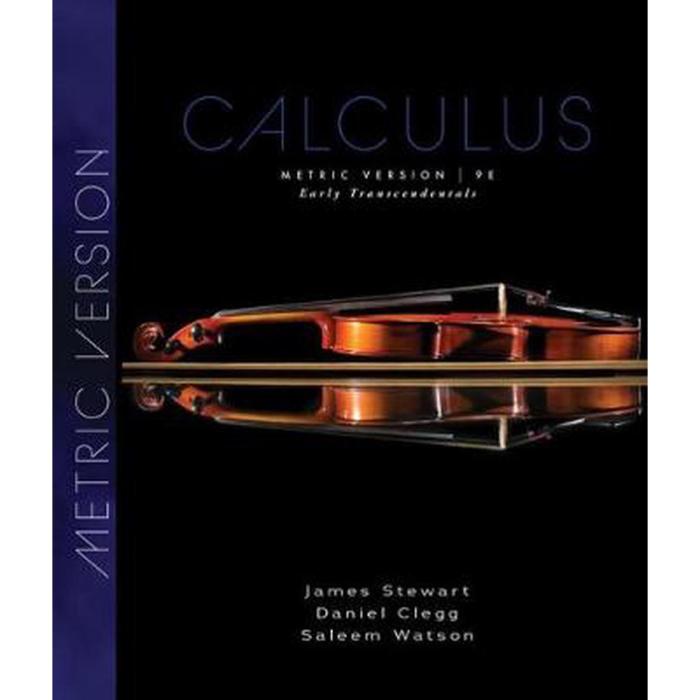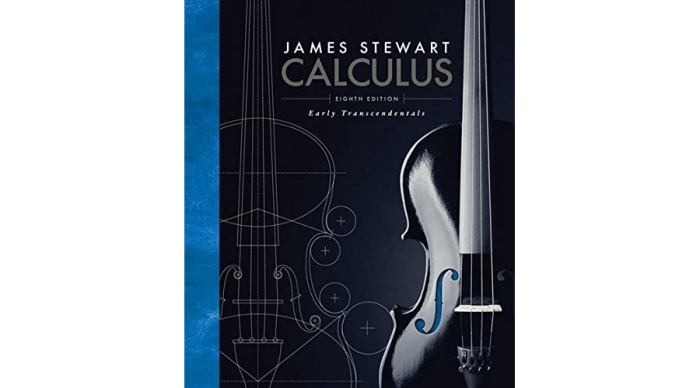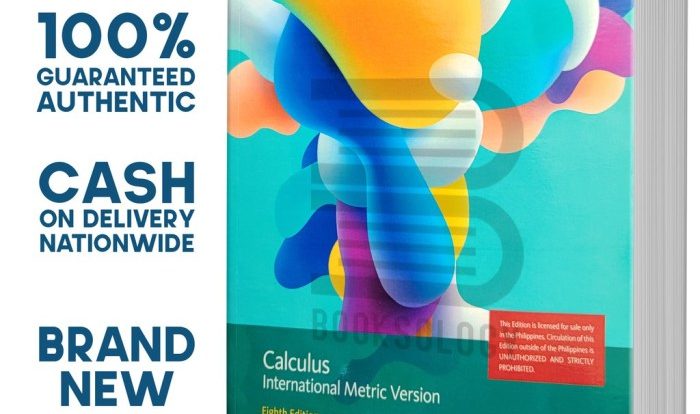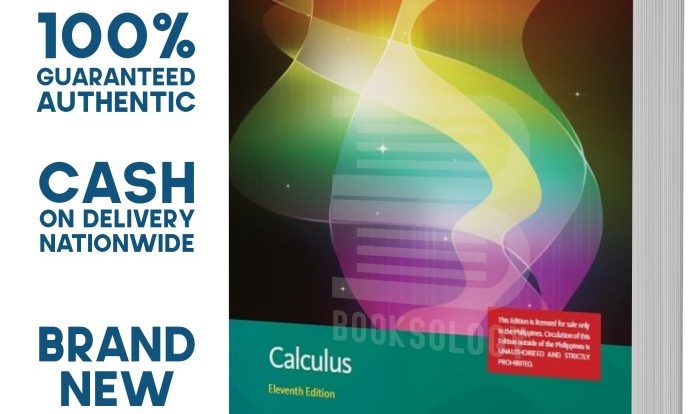Calculus Early Transcendentals 9th Edition embarks on an enlightening journey through the fundamental principles of calculus, providing a comprehensive understanding of its concepts and their diverse applications. This revised edition offers an array of innovative features and updates, making it an indispensable resource for students seeking to master this foundational mathematical discipline.
Delving into the intricate world of calculus, this textbook unveils the foundational mathematical concepts that govern the world around us. From limits and derivatives to integrals and differential equations, it equips students with the tools to analyze and solve complex problems across various scientific and engineering fields.
1. Overview of Calculus Early Transcendentals 9th Edition

Calculus Early Transcendentals, 9th Edition is a comprehensive textbook designed to introduce students to the fundamental concepts of calculus. It is written for students in the first or second year of their undergraduate studies who are majoring in mathematics, science, engineering, or business.
The textbook has been revised and updated to include the latest developments in calculus and its applications.
The key features of the 9th edition include:
- A new chapter on differential equations.
- Updated and expanded coverage of multivariable calculus.
- A new section on the use of technology in calculus.
- A new set of exercises and problems.
The main topics covered in the textbook include:
- Limits and continuity
- Differentiation
- Integration
- Multivariable calculus
- Differential equations
2. Mathematical Concepts and Applications

The textbook introduces a wide range of mathematical concepts, including:
- Functions
- Derivatives
- Integrals
- Vectors
- Matrices
These concepts are applied in a variety of fields, including:
- Science
- Engineering
- Business
- Economics
- Medicine
For example, calculus is used to:
- Model the motion of objects.
- Design bridges and buildings.
- Optimize investment strategies.
- Predict the spread of diseases.
- Develop new drugs.
3. Pedagogical Features and Learning Tools

The textbook uses a variety of pedagogical features to help students learn calculus, including:
- Clear and concise explanations
- Numerous examples and exercises
- Interactive online resources
- A study guide
- A solutions manual
These features help students to:
- Understand the concepts of calculus
- Develop their problem-solving skills
- Prepare for exams
4. Problem-Solving Techniques and Applications
The textbook teaches a variety of problem-solving techniques, including:
- The chain rule
- The product rule
- The quotient rule
- Integration by parts
- U-substitution
These techniques are used to solve a wide range of problems, including:
- Finding the area under a curve
- Finding the volume of a solid
- Finding the work done by a force
- Finding the center of mass of a region
- Finding the moment of inertia of a region
5. Technology Integration and Computational Tools
The textbook integrates technology into the learning process in a variety of ways, including:
- Interactive online simulations
- Computer algebra systems
- Graphing calculators
These tools help students to:
- Visualize concepts
- Solve problems
- Explore real-world applications of calculus
Detailed FAQs
What are the key features of Calculus Early Transcendentals 9th Edition?
The 9th edition offers numerous enhancements, including updated content, interactive learning tools, and a focus on real-world applications.
How does the textbook approach problem-solving?
The textbook employs a step-by-step approach, providing clear explanations and ample practice problems to develop students’ problem-solving skills.
What are the benefits of using technology in the learning process?
Technology integration enhances visualization, promotes interactive learning, and provides students with powerful computational tools to explore mathematical concepts.

